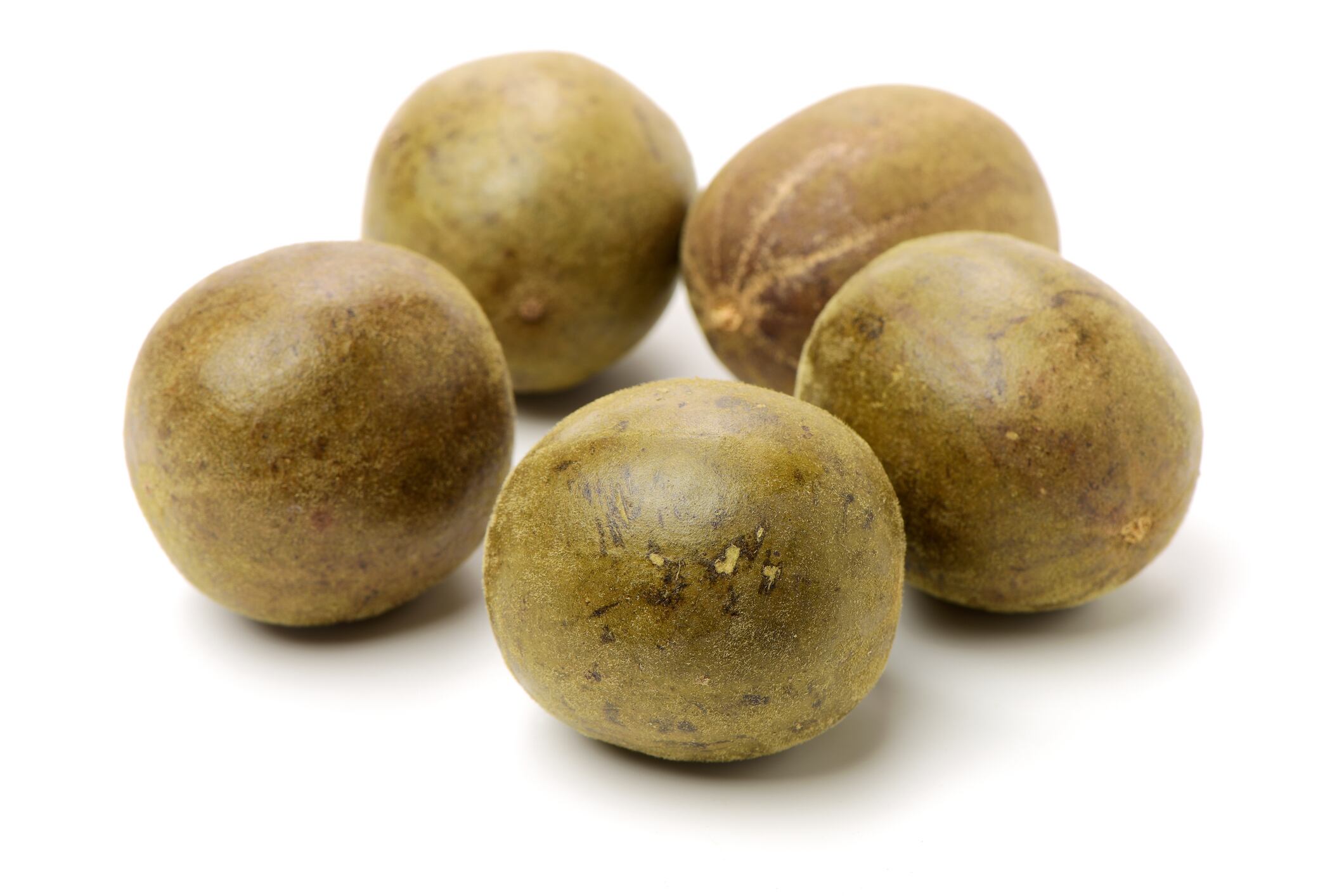Layn has only been serving the Latin American market for about one year, Mary Joe Fernandez, VP of sales for the Americas for Layn. told FoodNavigator-LATAM during the recent Fi South America. Despite their relative newness to the region, they already have a number of projects running with beverage manufacturers, while they are also active in dairy and yogurt, and sports nutrition.
Driving much of this is stevia, and the company’s platform includes a range of rebaudiosides from A to M, as well as 40+ steviol glycosides. The company’s expansion in Latin America allows it to have multiple stevia harvests each year, and maintain a fresh supply of the natural sweetener. Layn has a stevia cultivation base in Guatemala.
Consumers across LATAM have been familiar with stevia for a long time, explained Fernandez, with the plant having been used by Gaurani Indians in the region for over 1,500 years.
“People have a history and knowledge of stevia in Latin America,” she said. “You see it a lot more in Brazil and Mexico, even as a table top sweetener in fast food restaurants.”
According to Mintel, Latin America accounted for 17% of global food and beverage product launches featuring stevia in 2017.
The region’s rapid growth is expected to continue in part due to stringent taxation policies in certain countries, and increased demand for sugar alternatives.
Soda taxes driving reformulation
Nearly a third (32.4%) of the population in Mexico over the age of 15 is considered obese, according to the Organization for Economic Co-operation and Development (OECD), and Mexico ranks first for childhood obesity with about 4.5 million children dangerously above a healthy weight range for their height and age.
Mexico is very attractive with its population of 120 million and the soda tax, which was introduced in 2014 to address the prevalence of obesity in the country.
The countrywide 10% tax applied to all sugar-sweetened beverages, including soda, fruit drinks, and sweetened iced tea.
Better-for-you reformulations using novel zero-calorie sweeteners in soft drinks has taken place across Mexico's soft drinks industry and has sped up since the tax went into effect. According to Mexico’s National Association of Producers of Refreshments and Carbonated Water (ANPRAC), the category share of low- and no-calorie beverages grew from 37% in 2011 to 50% in 2017.
In Brazil, regulatory approval to blend sugar with other sweeteners only passed in 2016, and “people are now starting to use alternatives to achieve lower sugar reduction”, explained Fernandez. “We do see sugar taxes in other areas but nothing in Brazil yet.”
Beyond stevia
The company also has high expectations for monk fruit extracts and juices, which are making their way through the regulatory approval process: Currently, monk fruit can only as natural flavor at certain dosages. Its path to market is very similar to stevia, said Fernandez, in that regulatory approval started with the US FDA and then on to Europe and EFSA. The first Latin American target countries will be Mexico and Brazil.
Monk fruit has a more sugar-like profile than stevia and the market is looking for this, particularly in Brazil where the market looks for very sweet products, added Fernandez.
The company also offers a platform called Lovia, which combines stevia and monk fruit to offer the market solutions that combine the strength of both products. Stevia has a late sweetness while monk fruit is a more rounded taste, “allowing for a deep sugar reduction with a more sugar-like profile”, according to company literature.



